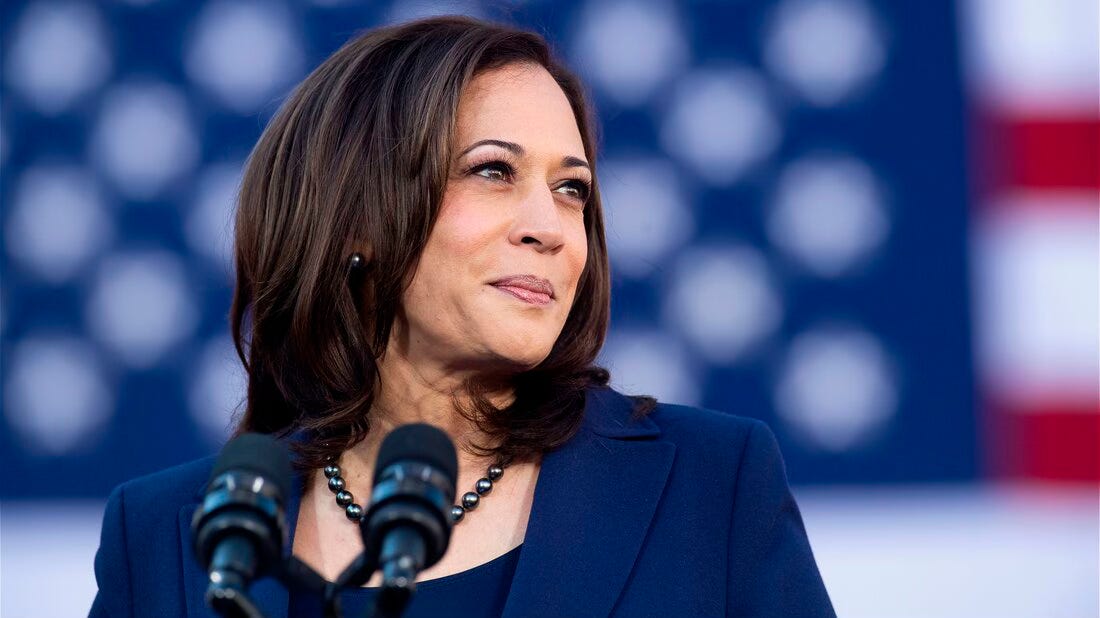Women in politics: good for the environment?
Studies show that, overseas, having more women in parliaments leads to better environmental laws, but that may not translate to lawmaking in the U.S.
Naturally, I am disappointed at the outcome of the election. I had become fairly convinced that Kamala Harris would be victorious and enter the White House as the first female president of the United States. I think she’s competent, and I like her upbeat manner. Because he tried to stage a coup, Trump is unfit for office.
And the difference between the two candidates on the environment is vast. The record of the Trump administration on climate change is abysmal, with the former and future president saying that the science of climate change is a hoax. His administration made it more difficult to list species as endangered and gave fewer protections to those listed as threatened, a less severe status than endangered.
While I don’t think Harris’s campaign articulated a good climate policy or fully addressed other environmental problems like biodiversity loss, as California Attorney General, she sued BP, ConocoPhillips, and other big oil companies for their part in climate change disinformation. She investigated Exxon Mobile for the same. And as a senator, she supported the Green New Deal. She also shares some of the political glow that surrounds Joe Biden for his Inflation Reduction Act, which advanced this country’s course on fighting climate change.
There is extensive research, going back many years, that finds women in positions of power, specifically women in parliaments, leads to better environmental laws and policies. Research from 2012 found that, all else being equal, carbon dioxide emissions are lower in countries in which women have higher political status. And as we ready ourselves to see Trump fulfill his promise to raise the amount of military spending, the same study found that nations with greater military spending also release more CO2.

More women in international legislatures gave those countries more renewable energy; more efforts to conserve land, water, and wildlife; and increased emphasis on environmental justice. Multiple studies found that more women in foreign parliaments translated into lower carbon emissions per capita, as well as more renewable energy.
A study published in September of this year and published in the journal Sustainability looked at how women in politics and government influenced environmental legislation and policy. The study found that the presence of women in parliaments resulted in reduced fossil fuel subsidies. Further, the study found that parliaments that reached a threshold of at least 30 percent women produced more effective environmental legislation.
A look at the United States Congress
I looked into this myself to see if women in the United States Congress were likely to outperform their male colleagues when it came to supporting the environment.
I clicked on votesmart.org and found the ratings that the Center for Biological Diversity gave to congresspersons and senators for their environmental voting records. Many organizations rank politicians on a number of metrics, from abortion to civil liberties to support for the arts. For environmental concerns I used the Center for Biological Diversity’s ratings because I’ve found their ratings to be more objective than other organizations.
I used the center’s lifetime ratings, the average rating each congressperson earned annually for their entire tenure in congressional office. I then averaged the averages. I found the rating for women in our federal legislature averaged 54 percent, while their male counterparts averaged only 36 percent, an 18 point difference.
This would lead you to believe that there is a great difference in men’s and women’s support for the environment. But looking closer, and taking into consideration party affiliation, reveals the difference comes almost entirely from party affiliation. Democratic women had an average 73 percent rating. Democratic men trailed them, but by only two points, at 71 percent.
GOP rankings were in the toilet for both male and female members of Congress. Curiously, GOP men scored slightly better than the women, earning eight percent approval to their female counterparts’ six percent.
Among GOP women, Elsie Stefanik of New York ranked the highest, with 25 percent, followed by Susan Collins of Maine with 21 percent. Many, such as Marjorie Taylor Greene, scored zero.
Jeff Van Drew and Jeff Smith, both GOP representatives for New Jersey scored highest among GOP men, with ratings of 44 and 38 percent, respectively. There were a whole bunch of congressmen who scored in the single digits or zero.
The highest score among Democratic Women was Missouri congresswoman Cori Bush, at 89 percent, followed by California representative Barbara Lee, New York’s Grace Meng, and Illinois representative Jan Shakowski, all scoring 87 precent. Squad members Ayanna Pressley and Rashida Tlaib were rated at 86 percent.
The lowest scores among Democratic women were Arizona senator Kyrsten Sinema (who was a Democrat before leaving the party to become an Independent) and Minnesota senator Tina Smith, both at 50 percent. Nancy Pelosi received a score of 51 percent.
The highest scoring male congressman was Democrat Raul Grijalva of Arizona at 93 percent, with other Democratic men close behind. Adriano Espaillat of New York and Tennessee’s Steve Cohen both scored 91 percent. Chuy Garcia of Illinois was ranked at 89 percent.
The lowest scoring Democratic men were West Virginia Senator Joe Manchin at 44 percent and Henry Cuellar of Texas, who was rated at 42 percent.
The difference in the scores of men and women can be attributed to there being many more Democratic women in Congress than Republican women. In 2022, there were 35 GOP women senators and House representatives, while Democratic women numbered 89. In the long run, for the United States, party affiliation matters more than gender when it comes to supporting the environment.




